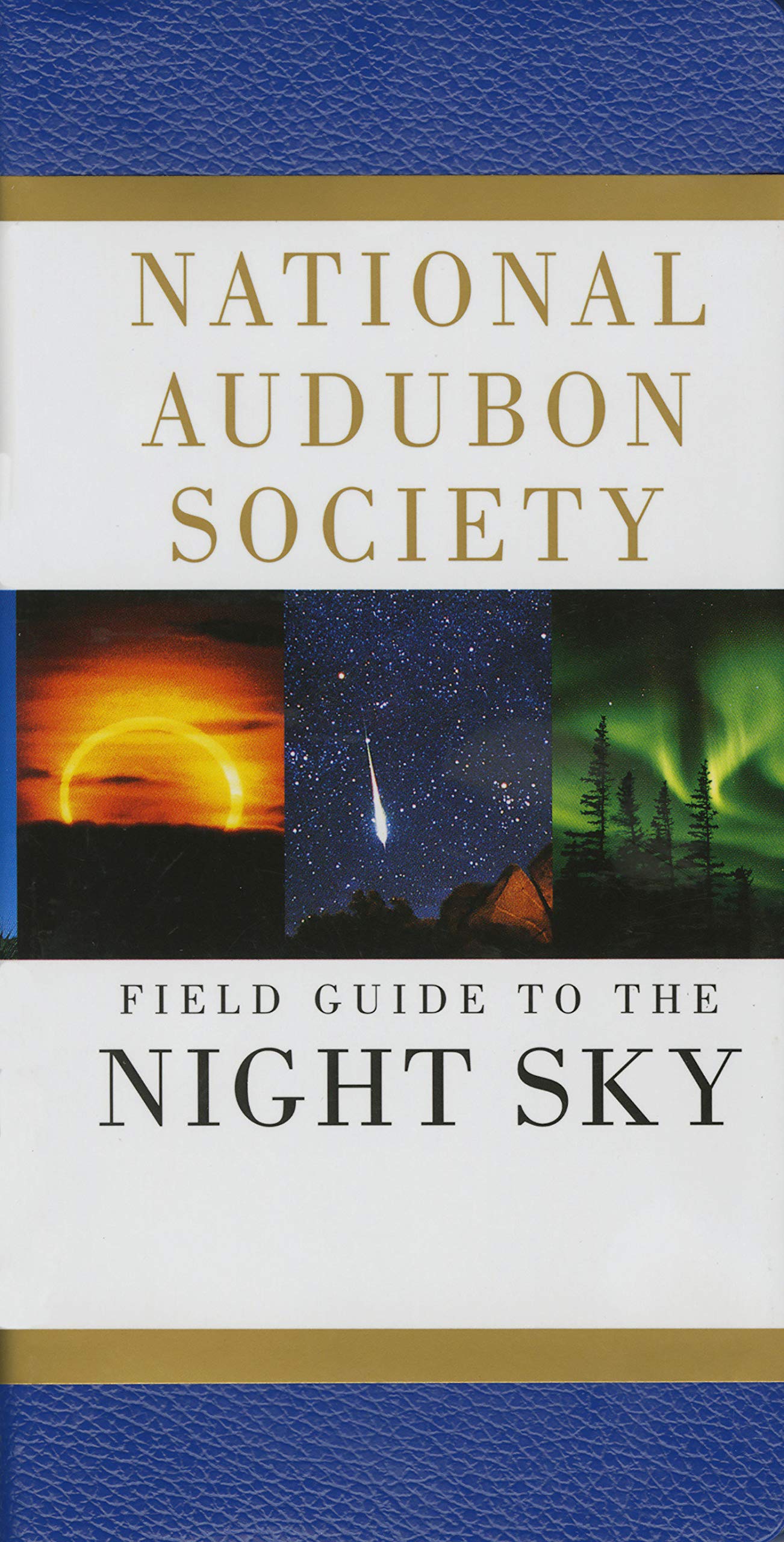
Middle school is a great time to introduce children to nature science and field guides. This gets them in touch with God’s creation and builds a sense of Wonderment. We live in a world filled with amazing plant and animal life. Sign up for this course to build not only book knowledge of the natural world but also an appreciation of it.
How to get the most out of Field Science, Wonder of Nature, Part One with Inshal Chenet, MA:
-
First, read the course materials below before the first class meeting.
-
Then have a notebook ready and available for class notes each live session.
-
Read assignments before class meetings
-
Watch that week’s recording if you need to revisit information from our live session.
-
Do the assignments, quizzes, and any extra work assigned for that week.
-
Once the course is completed to the parent's and professor’s satisfaction, there is a Certificate of Completion at the end to be filled in for your records.
Special Notes: This is Part One of a 2-part course. Students are expected to also sign up for Part Two in the spring.
Total classes: 12
Duration per class: 45 minutes
Prerequisite: None
Suggested grade level: 6th to 8th grade
Suggested credit: One full semester Field Science
Instructor: Inshal Chenet, MA
Instructor email: inshalj@gmail.com
Course description: Wonder is the root of the natural sciences. This course is an introduction to the natural sciences, putting the students into direct contact with the local natural environment. They will be having immediate experiences with geological formations, fauna, flora, and the heavens. Their perception of the natural world will be sharpened as they learn to notice and understand the distinctions in the natural world around them.
Students will be spending much time outdoors, drawing and recording data in their sketchbooks, and memorizing distinctions from class.
Course outline:
-
Categorization and Observation
-
Stars viewed from Earth
-
Zodiac Constellations
-
The diversity of Life
-
Botany, Plant Parts
-
How to identify Trees
-
Subtle in Plant Identification
-
What is Ecology
-
Energy and Food Webs
-
The Winter Sky
-
Geological types
-
Rock Identification
Course materials:
Field Guide to the Night Sky [Audubon Society], https://amzn.to/3ZytWFX
Bird Field Guide (choose one of the two depending on where you live):
-The Sibley Field Guide to Birds of Western North America, https://amzn.to/3ZzYlE1
-The Sibley Field Guide to Birds of Eastern North America, https://amzn.to/41UqaZn
A Flora Field Guide for your area: (Good list of American Stat ones: https://www.fs.usda.gov/wildflowers/features/books/)
Homework: Students will spend much time outdoors, drawing & recording data in their sketchbooks, and memorizing distinctions from class. Each week they will spend at least 3 hours working in their notebooks and scanning their pages into Moodle for grading.
.
- Teacher: Inshal Chenet